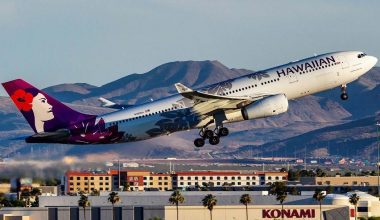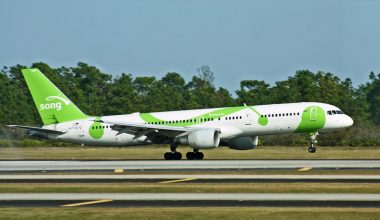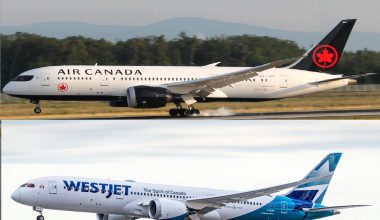From pets and zoo attractions to livestock, transporting animals has to be the trickiest part of logistics. Unlike handling products, it requires more time, effort, and money to make sure the goods are alive and well once they reach their destinations.
The best way to do that is by air. Land and sea travels take days and the journey could cause stress and discomfort to animals. Air transport only takes no less than a day to complete, so it’s the most preferred way to safely transfer different animals over long distances. There’s a lot to consider if you are transporting animals by air. Here’s how logistics companies accomplish this:

1. Follow transport regulations and ethical standards
Most animals are not used to long travels and they get stressed out easily if the journey takes too long or gets too uncomfortable. These include large animals such as elephants as well as endangered species.
Logistics companies follow international standards for transporting wildlife and domesticated animals to ensure that safeguards are in place. Organizations like the American Veterinary Medical Association and the International Air Transport Association prescribe rules that aim to ensure the safe and ethical transport of animals for personal, commercial, scientific, or agricultural purposes.
Before the date of departure, logistics companies will have to follow containment and handling standards set under the Live Animals Regulations of the IATA. This will include identifying the best transport solutions and materials to use based on the type or species of the animals being transported. Proper documentation is also required as well as the presence of a veterinarian on board.
2. Ensure the health and well-being of the cargo
Another important part of the process is making sure the animals are properly fed and conditioned for the journey. Medical examinations are required before clearing the animals. These examinations must comply with local and international regulations.
If such animals are covered by the United States Department of Agriculture, veterinary examinations must be conducted at least in the morning before the scheduled flight. There are also special instructions for specific species.
In case the animals are ill or unfit to travel, then a postponement will be issued upon the request of the veterinary staff on the ground. Quarantine may also be recommended if the animals tested positive for pathogens such as salmonella or the avian influenza Type A virus. In this scenario, animal handlers must wear special equipment to reduce their exposure.
3. Choose the right transport solutions
The most critical part of the animal logistics process is selecting and preparing the right storage solutions that allow for safer and more comfortable travel. Picking the wrong containers can cause undue stress on the cargo, so it’s important to know what to use based on size and other specific factors.
When shopping around for air cargo products, logistics companies will need to pick storage options that allow for enough room for the animals to breathe and move around. Moreover, containers and stalls should be properly secured in case of turbulence during transportation. Another important factor is ventilation. The container must allow for adequate airflow to reduce heat and prevent the risk of suffocation.
The structural integrity of the containers must also be inspected to ensure that they could withstand damage from scratches and blunt force if the animals become restless. If you have a mix of different species to transport, you will need to contain them in separate areas. It helps to observe proper space management to optimize loading while preventing possible breaches and damages to the containers.
4. Prepare the aircraft for transport
Aside from choosing a proper container, logistics companies should also focus on making sure the carrier offers a livable environment for animals. Most aircraft designed for live animal transport come with environmental control settings that allow handlers to adjust the temperature, humidity, and other features based on cargo volume as well as the physiological demands of each type of animal.

Handlers must also make sure that there are proper loading facilities such as ramps if the cargo includes large livestock such as cows. The platforms should prevent slipping, especially if loading is done under wet conditions.
Pre-flight maintenance should be done at least a day before the scheduled transport. Activities should include an inspection of the landing gear, engine oil levels, and exit doors. On-ground staff and the flight crew should also be oriented along with the handlers to ensure that everyone knows their responsibilities, especially during an emergency that could happen during transport.
5. Gather all the necessary paperwork
Before the scheduled flight, logistics companies and animal handlers will need to process the required documentation regardless of the type of live animal that’s being transported. Whether the cargo is personal property or used for research purposes, it’s important to secure the right paperwork.
The owners or handlers of these animals are usually required to present a certificate of veterinary inspection once they arrive at their destination. When it comes to traveling with pets, owners are only required to submit rabies certificates, USDA endorsement letters, and import documents on top of the air waybill. These requirements may vary depending on your destination.
Preparing the right paperwork before transporting animals by air may seem time-consuming, but it will spare handlers a lot of headaches and meet their timetable.
6. Come up with contingency plans
Once the cargo is in the air, the flight crew and veterinary staff onboard should prepare for anything. Some animals may become restless during certain points of the day while others are sensitive to high elevations. Cats and dogs are particularly prone to altitude sickness as well as motion sickness,
For these scenarios, the crew should have contingency plans in place that will help keep the cargo comfortable as it reaches its destination. Sedation isn’t recommended for treating restlessness, so cabin crews need to work closely with veterinarians to monitor the condition of the animal and deal with any emergency during the flight.
Transporting animals by air is a challenge that logistics providers will need to deal with. All it takes is to comply with transport and animal welfare regulations and make sure the right facilities and the right people are present throughout the journey.





